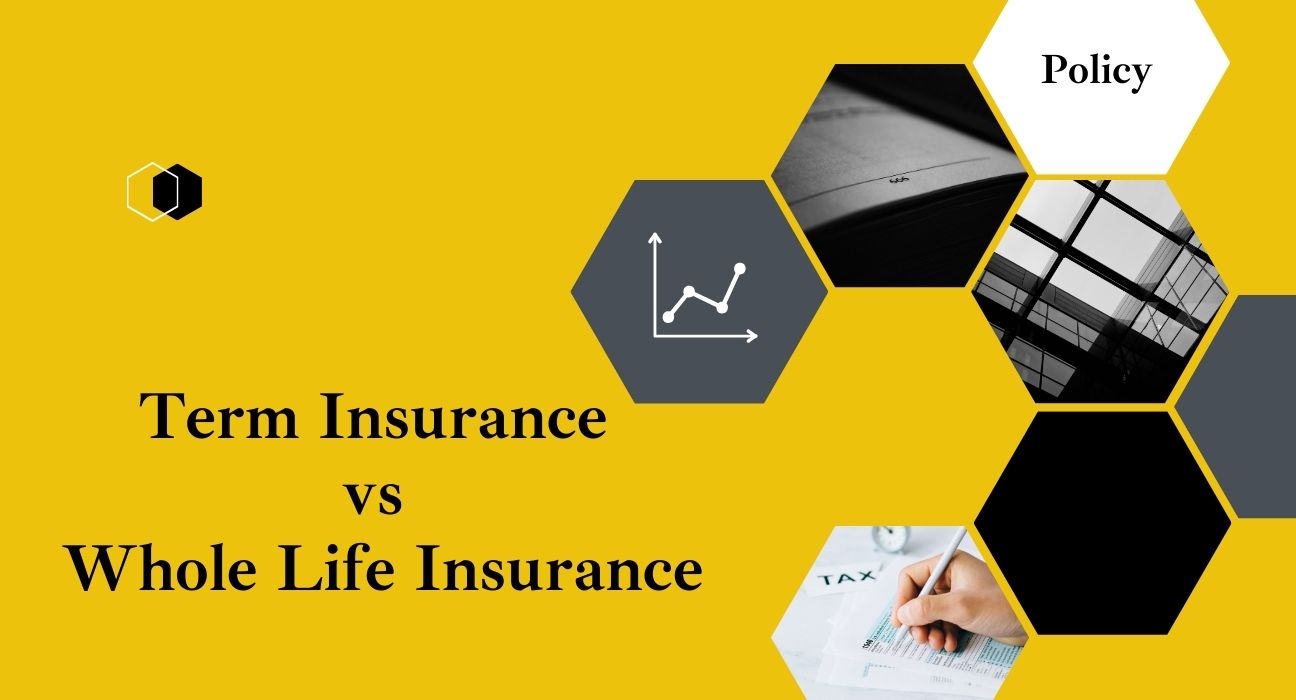Introduction to Life Assurance
Life assurance is a fundamental element in financial planning, offering protection and peace of mind for you and your loved ones. Deciding on the right policy can be a complex task, given the variety of options available. Two commonly considered types are term life assurance and whole life assurance. Each type presents unique features, benefits, and limitations that cater to different financial needs and goals. By understanding the nuances of these options, you can better navigate the decision-making process and choose a policy that aligns with your long-term objectives and current financial situation. This post will delve into these two types of life assurance, providing clarity on their distinct characteristics.
Grasping Term Life Assurance
Term life assurance is a type of life insurance that provides protection for a specified duration, typically between 10 and 30 years. Should the policyholder pass away within this term, the beneficiaries receive a death benefit. A significant advantage of term life assurance is its relative affordability, making it an appealing choice for those seeking extensive coverage without a hefty price tag.
Despite its cost benefits, term life assurance has some limitations. It does not accumulate any cash value, meaning there’s no savings or investment component. At the end of the term, the policyholder faces two options: renew the policy at a likely higher premium or let it expire without any financial return on the premiums paid. Additionally, if the policyholder survives beyond the term, the beneficiaries do not receive any payout.
Comprehending Whole Life Assurance
Whole life assurance offers continuous coverage, as long as the premiums are consistently paid. A unique feature of this type of life insurance is the cash value component, which acts as an investment element. Over time, the policy builds cash value, which policyholders can access through loans or withdrawals. This cash value grows tax-deferred, providing a potential financial resource during the policyholder’s lifetime.
One of the key benefits of whole life assurance is the guaranteed death benefit, which ensures that beneficiaries receive a payout regardless of when the policyholder passes away. This makes it an appealing option for those seeking long-term financial security for their loved ones. Additionally, the premiums for whole life assurance remain fixed, offering predictability in financial planning.
However, it’s important to note that whole life assurance typically comes with higher premiums compared to term life assurance. This higher cost reflects the additional benefits of lifelong coverage and the cash value component. Therefore, individuals must weigh these advantages against their financial capability and long-term objectives when considering whole life assurance. This type of policy can be particularly beneficial for those who value the combination of insurance protection and a savings element within their financial planning strategy.
Principal Distinctions Between Term and Whole Life
The primary distinctions between term life assurance and whole life assurance revolve around cost, coverage duration, and the presence of a cash value component. Term life assurance is generally more affordable, particularly in the early years, due to its temporary nature and lack of investment element. Whole life assurance, conversely, has higher premiums reflecting its lifelong coverage and cash value benefits.
Another significant difference is the policy duration. Term life assurance covers the policyholder for a specified period, after which the policy can be renewed at a higher premium or allowed to expire. Whole life assurance, on the other hand, provides coverage for the entire lifetime of the policyholder, ensuring a death benefit payout regardless of when the policyholder passes away.
Additionally, whole life assurance includes a cash value component that grows over time, allowing policyholders to access funds through loans or withdrawals. This feature is absent in term life assurance, which purely provides a death benefit during the coverage period. These distinctions influence individual choices based on financial goals, affordability, and the desire for long-term security and investment opportunities.
Selecting the Appropriate Assurance for Your Requirements
When selecting the right life assurance policy, it is crucial to examine your financial goals and coverage needs. If your priority is significant coverage at a lower cost for a specific period, such as paying off a mortgage or funding children’s education, term life assurance may be the optimal choice. Its affordability allows for extensive coverage without straining your finances.
On the other hand, if you seek a policy that not only offers lifelong protection but also builds cash value over time, whole life assurance might be more suitable. The cash value component can serve as an additional financial resource, accessible through loans or withdrawals, which can be beneficial in various life stages.
Consider your current financial circumstances and future requirements. Individuals with budget constraints might find term life assurance more manageable, while those looking for a policy that combines insurance with a savings element could find whole life assurance advantageous. Additionally, your long-term financial objectives, such as estate planning or ensuring a legacy for your loved ones, should influence your choice. Evaluating these factors carefully will guide you towards a policy that aligns with your overall financial strategy and provides the desired level of security for your dependants.
Conclusion
In making your decision between term life assurance and whole life assurance, it’s essential to weigh the unique benefits and limitations of each. Term life assurance offers a cost-effective solution for temporary coverage needs, ideal for specific financial responsibilities like mortgages or educational expenses. Its affordability allows for extensive coverage without significant financial strain. Conversely, whole life assurance provides permanent coverage with the added advantage of cash value accumulation, which can serve as a financial resource during your lifetime. This type of policy is beneficial for those seeking lifelong protection combined with an investment component. Ultimately, your choice should align with your financial goals, budget, and long-term objectives, ensuring that you and your loved ones receive the most suitable protection.








Leave feedback about this